What is weather? Can you give an example?
What the air, sky, and temperature is like outside. It can be sunny, cloudy, rainy, etc...
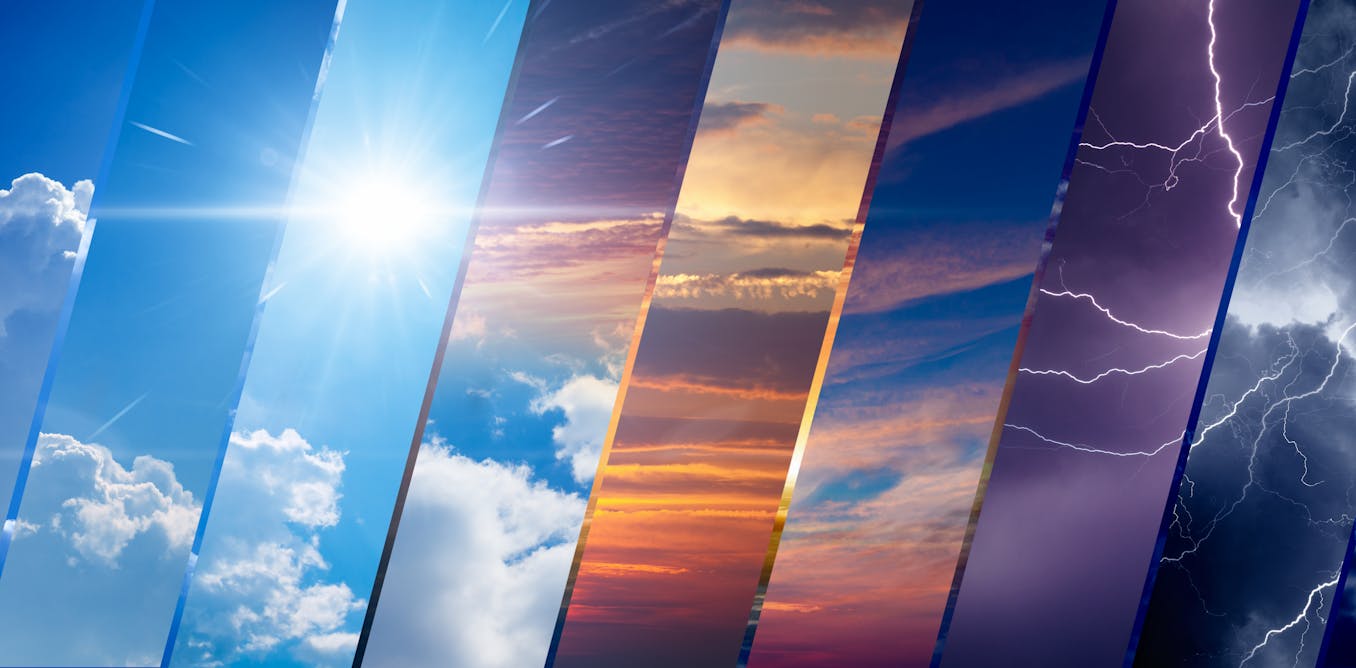
Imagine you have a cup of water. What will happen to the water if you leave the cup outside in the sunlight? Why?
:strip_icc()/how-to-remove-water-stains-from-wood-1-5663121-b2f22185559a4c848075fc662c087021.jpg)
The water will evaporate. It will turn into water vapor and go into the air. This is because the sun is heating up the water and causing it to change state.
Describe one way you can show there is air in this room.
You could blow on your hand, trap air in a cup, wave your hands in the air, etc...
What are seasons?
Different weather patterns that happen each year. For example, in summer, it gets hot and does not rain very much at all.

What is a thermometer? What is it used for?
A thermometer is a tool that measures the temperature of the air. You use it to find out how hot or cold it is outside.
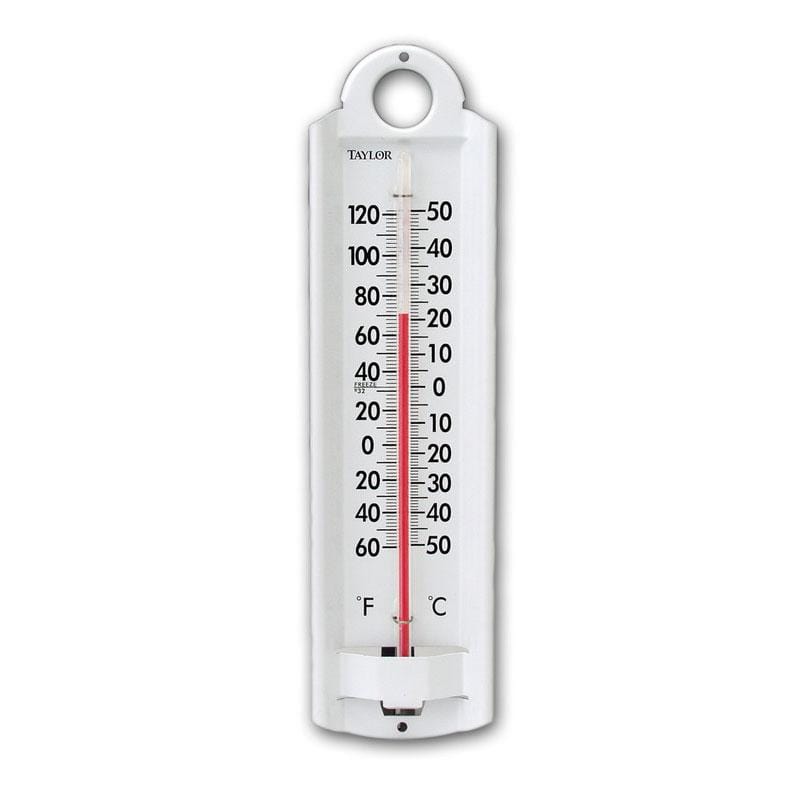
What is a weather forecast?
A forecast is when we predict the weather. We use many tools to make an educated guess about what the weather will be like in the near future.
:max_bytes(150000):strip_icc()/weather-presenter-87333959-59921f05396e5a00109357e4.jpg)
What kind of cloud is this? What kind of weather do we get when we see this kind of cloud?
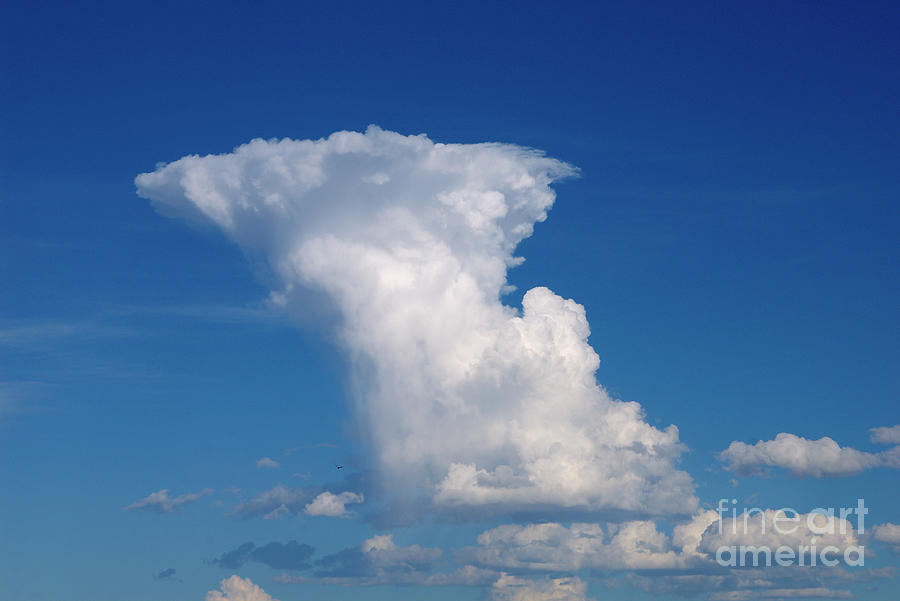
Cumulonimbus! This cloud brings thunderstorms, lightning, hail, and sometimes even tornadoes!
Two students place a paper towel inside a cup. They then turn the cup upside down and place it in a tub of water. When they pull the cup out, the paper towel is still dry! Why?
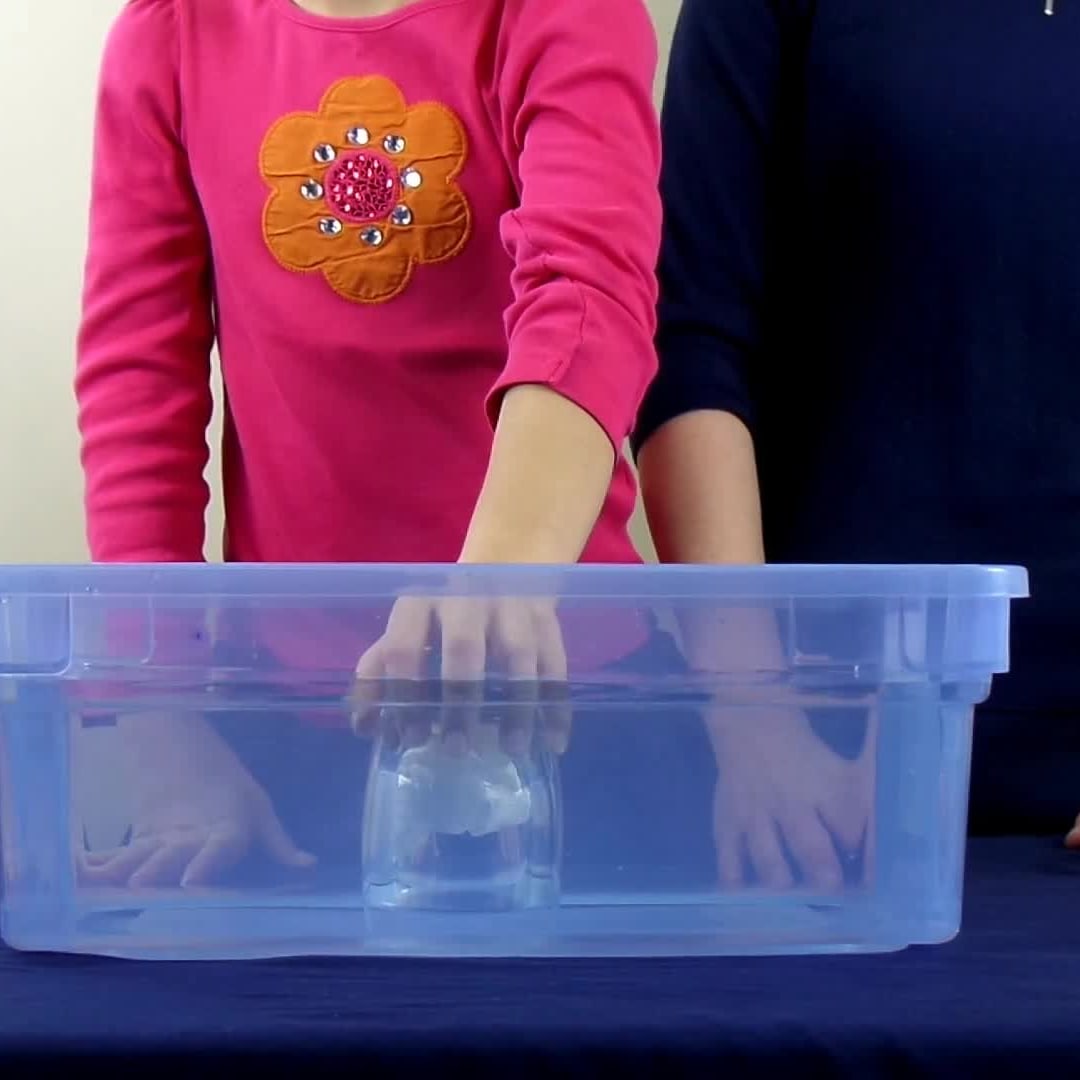
A bubble of air gets trapped in the cup. The air came from the atmosphere.
What is a thunderstorm? How is it different from a rainstorm?
During a thunderstorm, there is thunder and lightning. There may be rain or hail, also. A rainstorm has no thunder or lightning.

What is a weather vane? What does it show?
A weather vane is a tool that shows which way the wind is blowing. An arrow spins around and points in the direction of the wind. A compass at the bottom tells you which direction is which.

What is an atmosphere?
A blanket of air that surrounds the Earth. We are surrounded by air because we are inside the atmosphere!
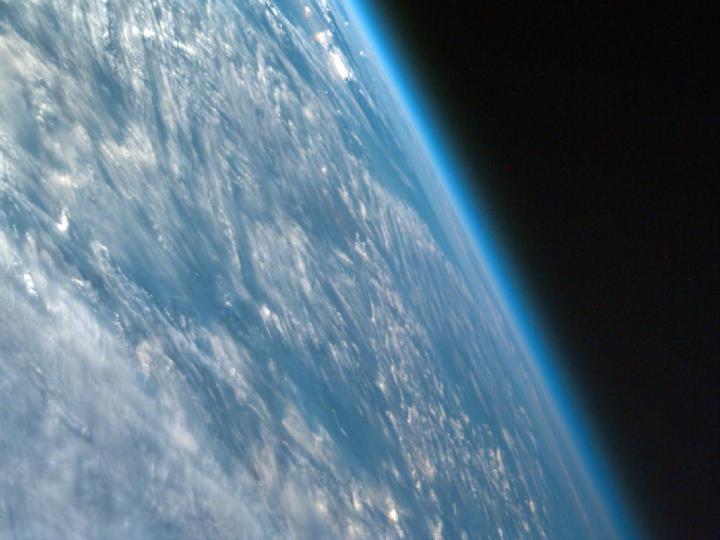
A student places a bag on a plant outside and leaves it for an hour. What will they see when they get back? Why?
:strip_icc()/how-to-grow-plants-from-cuttings-5660244-04-269ce6148df84a4bb2e2eee4de689836.jpg)
They will see water droplets in the bag. This is because plants give off water, too. They make water when they photosynthesize. It is called transpiration.
What are the two main gases that make up our atmosphere?
What causes lightning?
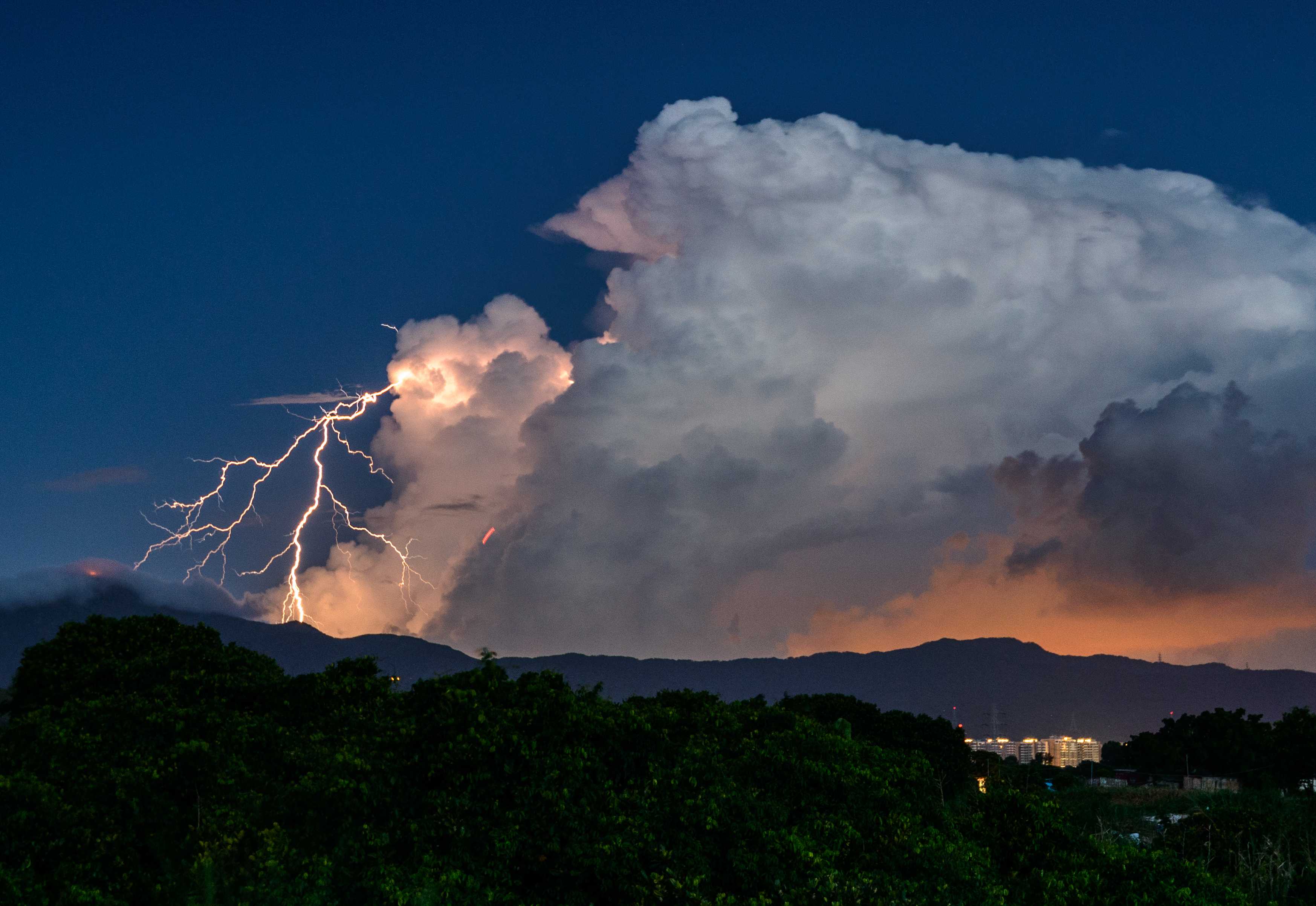
Static electricity! Rising warm air rubs against falling cold air and causes static to form. Some parts of the cloud end up with more negative charges than positive charges. When the difference gets too big, ZAP! Lightning strikes.
What is a wind gauge? What does it show?
A wind gauge is a tool that measures the speed and strength of the wind. There are many different kinds!
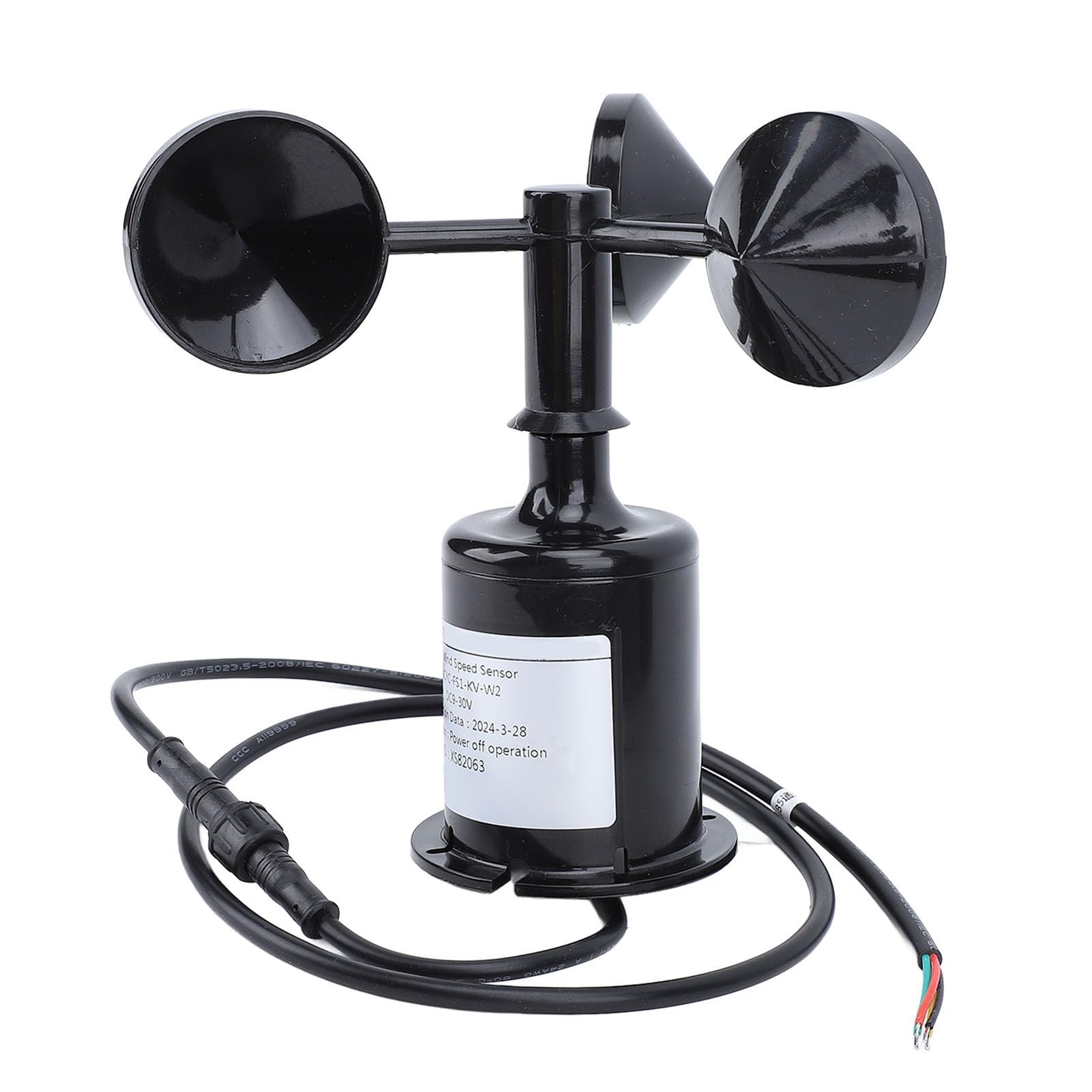
What does precipitation mean?
Rain!

Retell the story of Little Raindrop's Adventure in your own words. Call on a friend to help if you need it!
Water in a lake heats up and turns into water vapor. The water vapor goes into the sky and forms drops in a cloud. The drops bump into each other until they get too heavy and fall as rain. Then the water washes back into the lake and starts the cycle again.
What causes wind?
The sun heats the land and air, causing the air to rise. Cooler air from elsewhere rushes in underneath, forming wind.
What is a tornado? How does one form?
A tornado is a kind of powerful windstorm. Sometimes, a funnel-shaped cloud reaches down and spins near the ground. A tornado forms when warm, moist air gets trapped under cold, dry air. The air moves quickly and spins, creating a tornado.

What is a rain gauge? What does it show?
A rain gauge is a tube with markings along the back that collects and measures rain water. A rain gauge can be used to tell us how many inches of rain fell in a day.
What is a meteorologist?
A meteorologist is a scientist who studies the weather. If you are a weather forecaster, then you are a meteorologist!
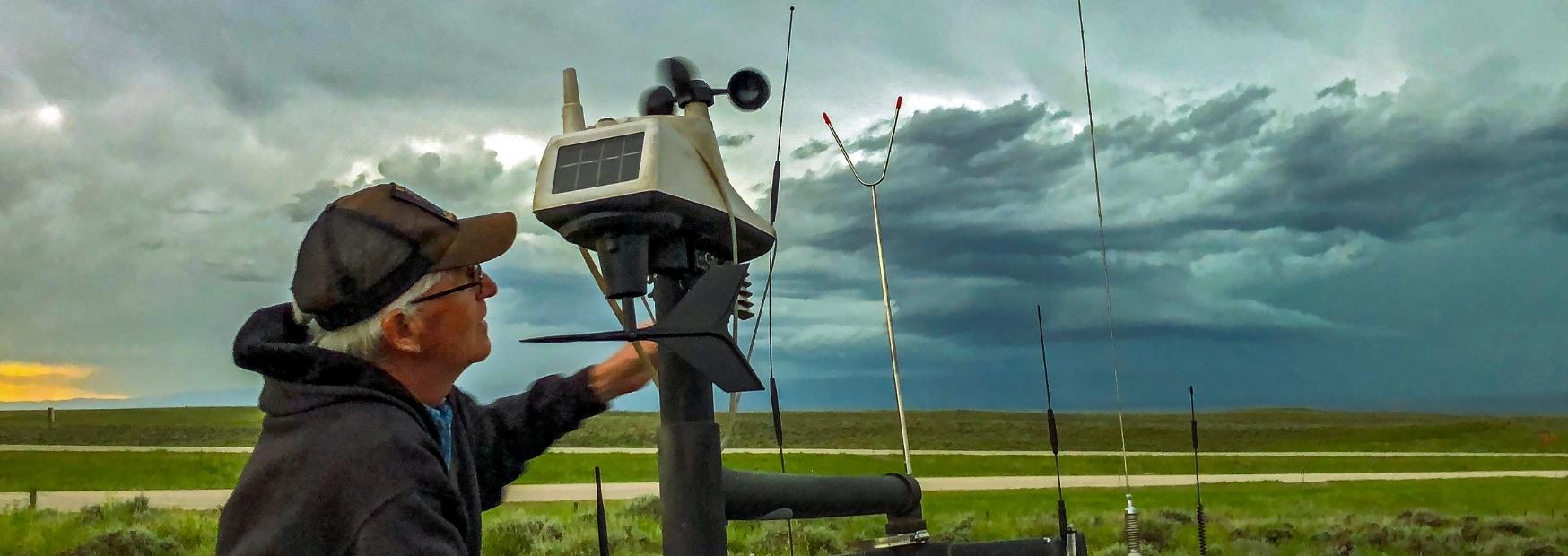
What needs to happen for a cloud to form?
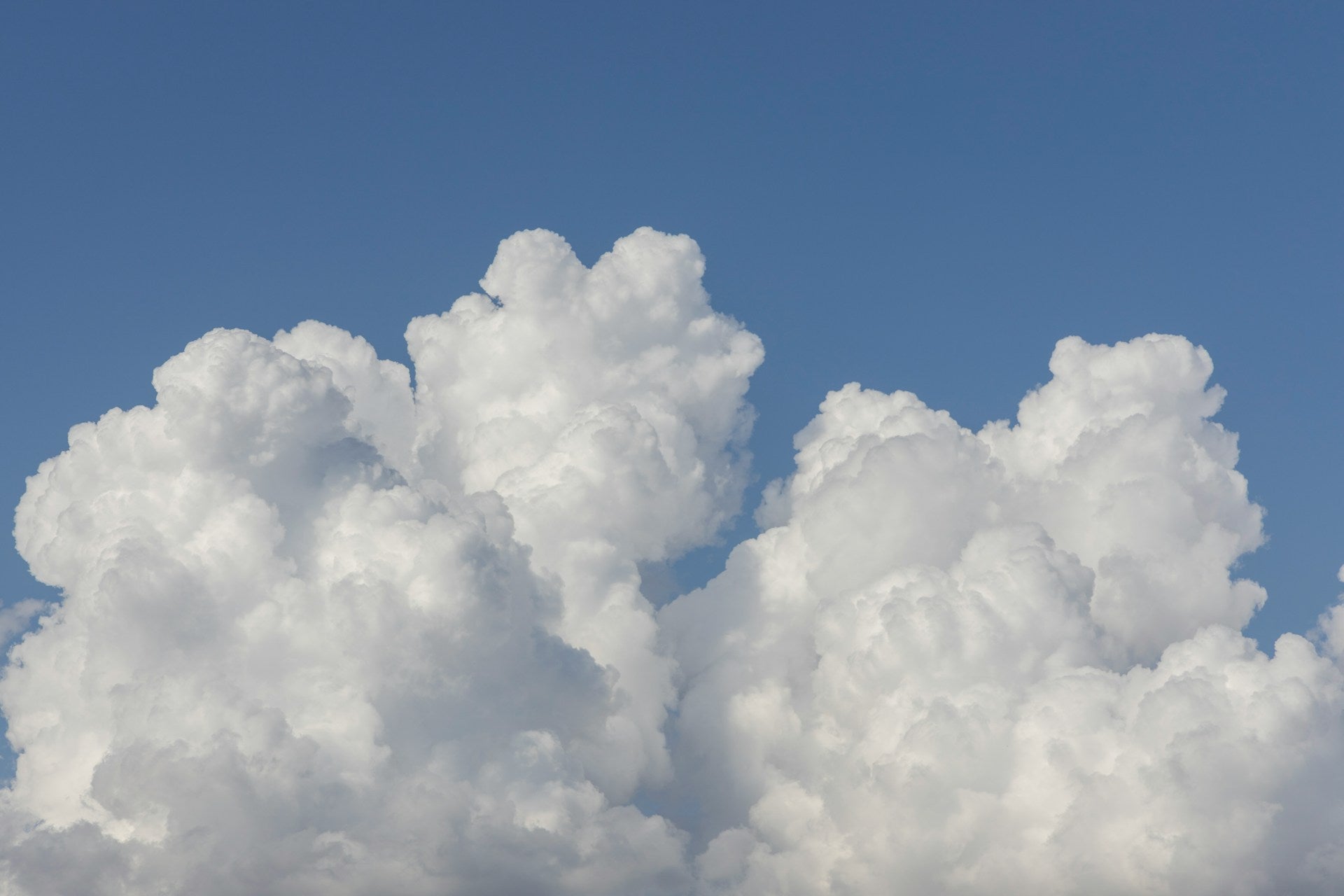
The sun heats water and makes it evaporate. The water vapor goes high into the sky and cools down. It touches small pieces of dust and condenses into liquid water. Then you have a cloud!
In another experiment, the students fill a cup with water and place a card over top. When they turn the card and cup upside down, the card sticks! Why?

The air in the room has a higher pressure than the bubble in the cup, so the air outside pushes up on the card and keeps the water in the cup.
What causes the seasons?
Earth is tilted, so the north half and the south half don't always get the same amount of sunlight. For one part of the year, the north half points more towards the Sun. For the other part of the year, the north half points more away from the Sun.

These scientists were responsible for investigating some of the most important weather concepts this year.
You!
Thank you for being a part of Quest in Science!